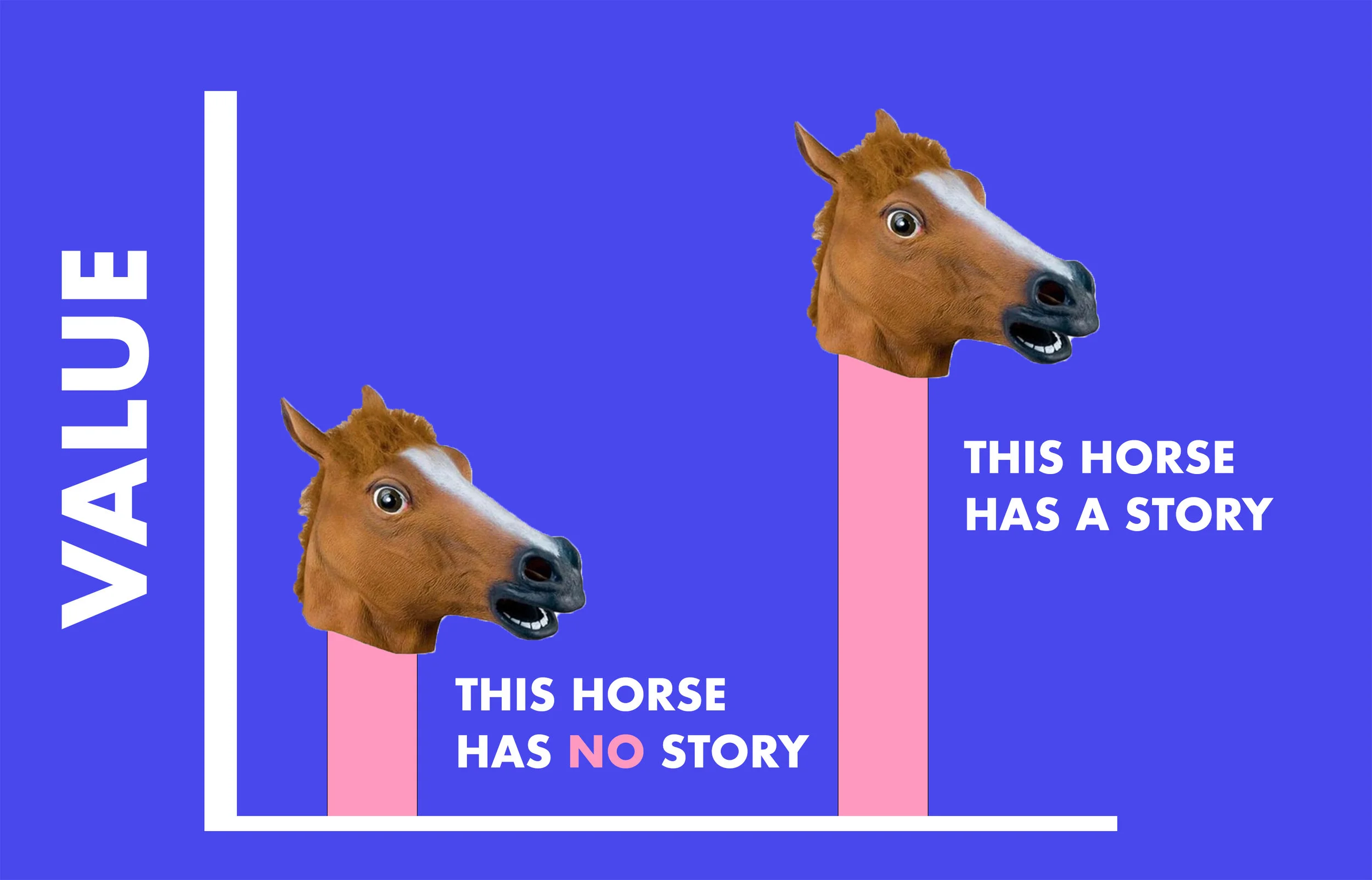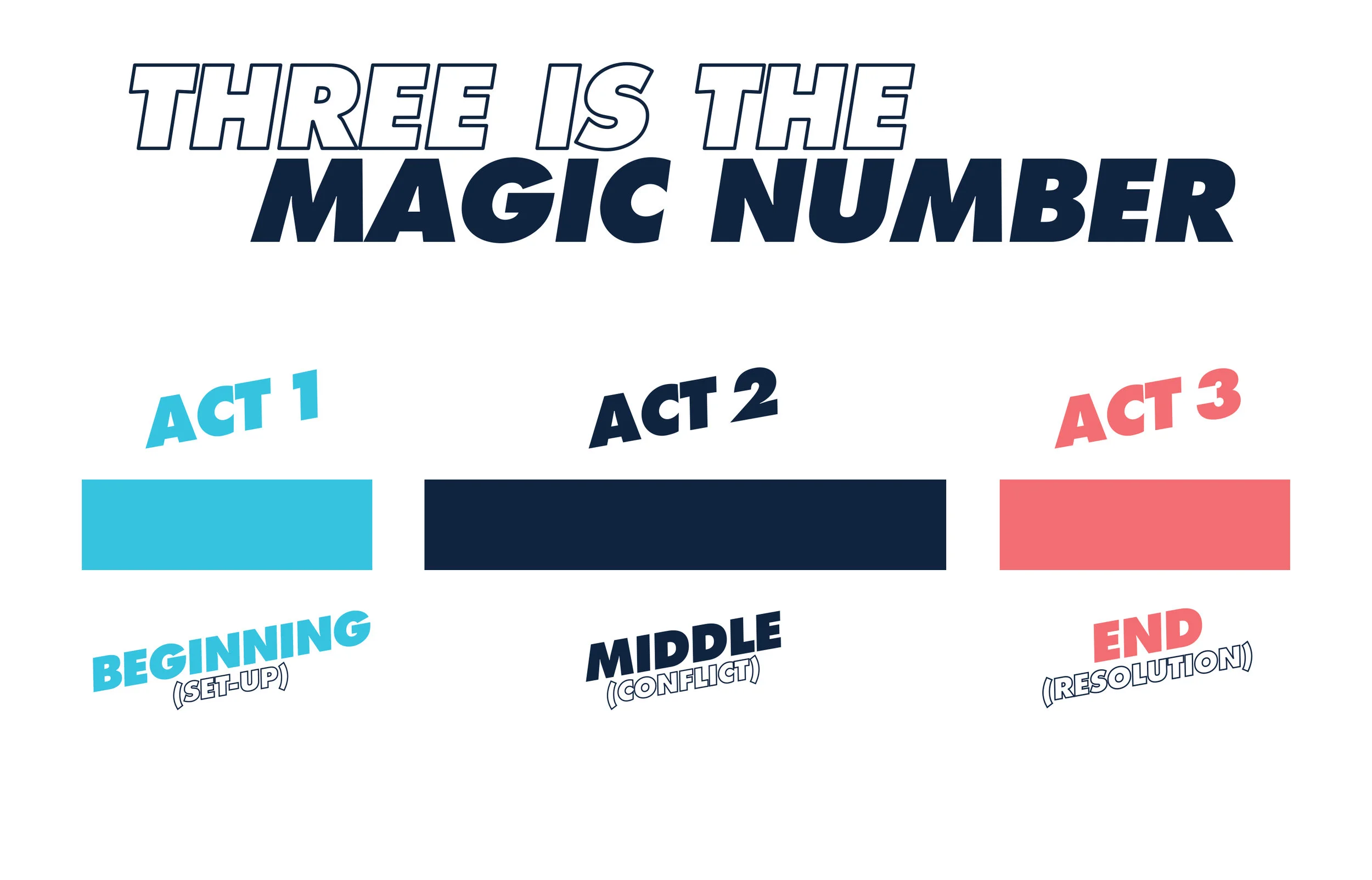The Evolution of Storytelling
Stories have been around as long as Homo Sapiens have walked the earth.
In fact, prior to written language, it was the only way information was passed down from generation to generation.
The earliest stories were told using cave paintings. They mainly focused on passing down hunting or foraging advice and even used fire light as an early form of animation.
For many thousands of years, storytelling technology evolved at a slow pace; cavemen began to introduce simple sign language and then progressed to telling stories with their voices.
Then, in around 3000 B.C., it all changed when a clever lot known as the Sumerians invented writing.
This meant that stories could finally be written down. No longer were they reliant on the limitations of human memory. Nevertheless, the information remained privy to a select few because the method for recording words was extraordinarily time consuming and therefore not easy to reproduce.
In around 800 B.C., Homer wrote the epics poems the Iliad and the Odyssey which are widely considered to be the two founding works of Western literature.
Not too shabby a legacy!
Another smart Greek chap called Aristotle wrote his famous treatise on the art of writing Poetics in around 335 B.C. This is the earliest recognised attempt to codify the art of storytelling.
Flash forward to the Middle Ages, and troubadours would use music to tell stories to the illiterate population. They would travel from region to region gathering the most interesting stories to share.
In around 1440, Johannes Gutenberg’s invented the printing press which represented a watershed moment as it allowed for stories to be spread with greater ease. Storytelling suddenly became available to the masses.
In the 16th Century, Shakespeare's plays allowed for large crowds of people, both literate and illiterate, to enjoy his stories as thrilling live performances.
A couple of hundred years later, something called the Industrial Revolution led to the invention of new storytelling devices in the form of radio and film. Being able to see and hear stories in these mediums became an even faster and more successful way of spreading them that the written word.
The end of WW2 signalled the golden age of television. Now brands could tell their stories to people in their homes in the form of advertising.
In the 1990s, the internet started to take off. Suddenly, anyone could tell their story, for the first time in history everyone had a voice through new mediums like blogs, YouTube, facebook, podcasts, and so on. With little to no cost it became possible for good story to travel the world in the click of a moment.
Today, there are more ways to tell stories than ever before. But it is important to remember that what makes for a good story is the same today as it ever was.
To learn how to become a master storyteller check out our course. Made in collaboration with some of the world’s experts, it will equip you with the skills you need to tell amazing tales.






